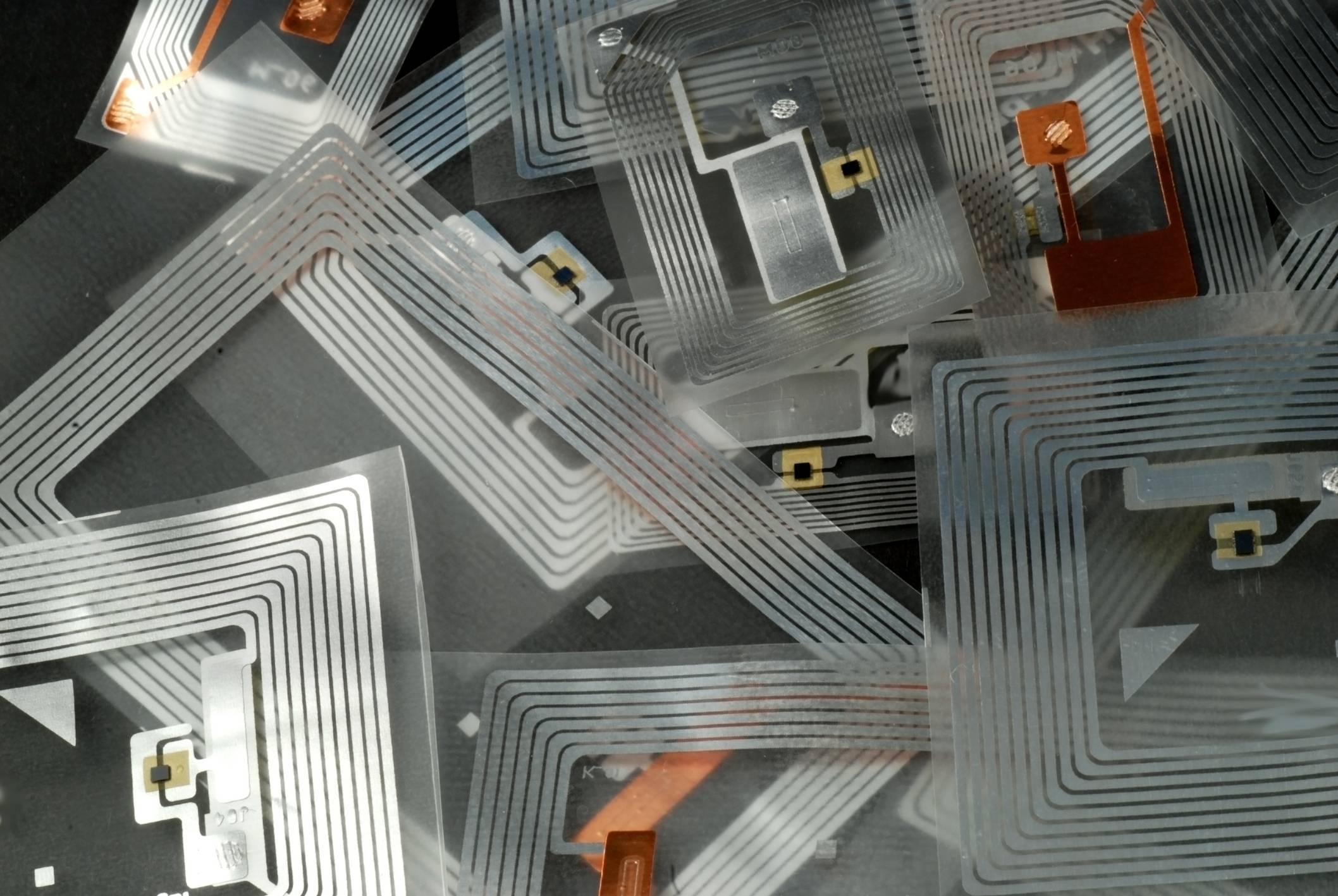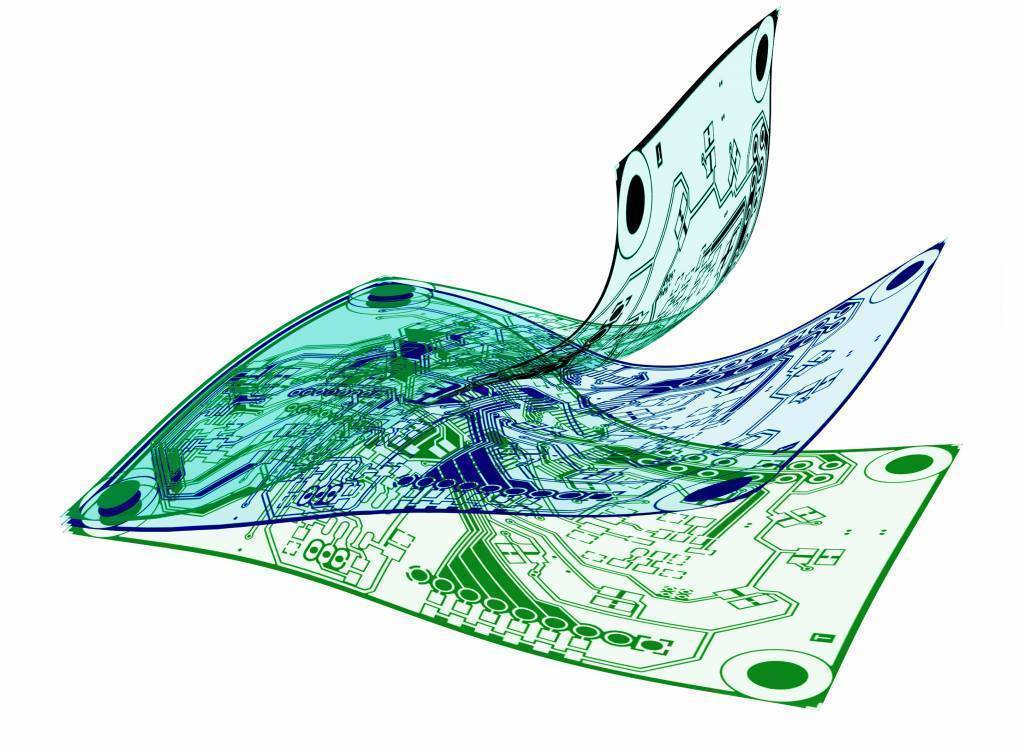
Due to the fixed shapes and sizes of traditional batteries, flexible applications dependent on these flexible batteries as power sources have been limited. Thanks to inkjet technology, this issue could soon become a thing of the past. A recent breakthrough by researchers in South Korea has led to the development of printable supercapacitors. Created using only an inkjet printer, these batteries can be used in flexible displays, electronic clothing, and other applications that their rigid counterparts cannot.
The research team that made the breakthrough is led by Professor Sang-Young Lee, who oversaw the development of new inks that are printed onto paper and turned into a revolutionary style of a supercapacitor. The door has now been opened to explore applications previously ignored due to the restrictive nature of traditional batteries. These restrictions are due in large part to the combustible nature of the liquid electrolytes that injected into the batteries and the risk of leaks if the batteries are poorly packaged.
Read More: Inkjet technology shines for printing paper solar panels
The new capacitors negate the need for liquid electrolytes and separator membranes as components of the battery. In the past, these membranes have been necessary to prevent contact between the electrodes found in batteries. The electrolytes are now made of a type of paste while the electrodes are made of a slurry. Both are printed onto a surface using an inkjet printer before being cured with ultraviolet light. In this way, the electrolyte paste now acts as the separator membrane. Given the nature of the paste and slurry, they can be printed and easily manipulated into a variety of shapes and designs.

The entire process begins by using a traditional inkjet printer to apply a preparatory coating to an ordinary piece of paper. The electrodes are then formed by printing one ink, consisting of activated carbon and nanotubes, and another ink made up of silver nanowires in water. Next, an electrolyte ink made from an ionic liquid mixed with a polymer printed onto the ink-based electrodes. Finally, the inks are exposed to ultraviolet irradiation before being sealed using an adhesive film.
The result is a super capacitor capable of effective electrochemical performance that possesses a level of flexibility previously unheard of. The research team in South Korea has already begun offering some of the potential applications that could be made available in the future, including wearable electronics, that would utilize the technology’s ability to be printed and molded into any shape or design.
Read More: Inkjet Printing Allows Micro Waveguides to be Printed Affordably
Another promising aspect of the new development process is the ease and simplicity of producing supercapacitors. Much of this has to do with the efficient, reliable nature of the inkjet printers at the center of the process. The precision and ease delivered by the printers have advanced the research along a lot quicker than initially expected and established a potential timeline for mass adoption. The possibilities are now endless. Next, research teams will address a wide range of complex applications, determine the potential for rechargeable applications, and begin discovering new opportunities made possible with these capacitors. Though we don’t know exactly where it will lead, we do know that batteries made using inkjet technology will be powering this new wave of technology.






